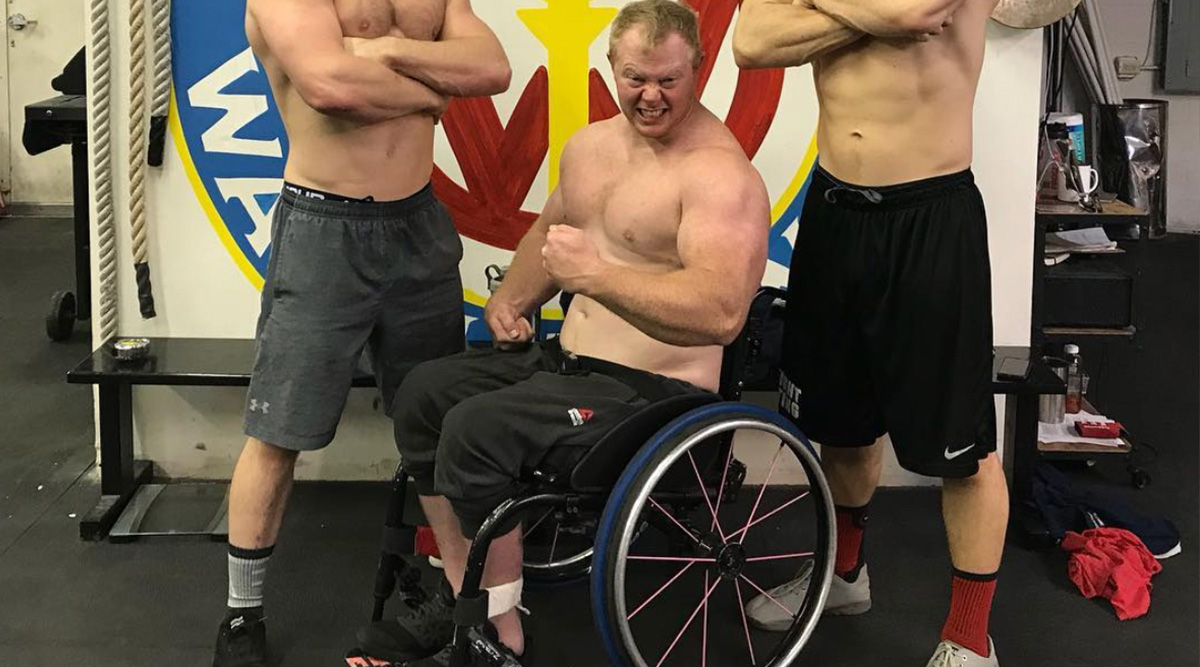Cerebral palsy. Paraplegia. Amputation. Blindness.
Once upon a time, any of these things might have kept people away from the gym and all forms of exercise — but not anymore. Adaptive athletes, especially in functional fitness, are taking the world by storm. They defy all perceived limitations, and you’ll never hear them say, “I can’t.”
Here are three ways adaptive athletes are changing fitness.
1. Making the Sport More Inclusive
If your box isn’t prepared to modify WODs for adaptive athletes, it’s falling behind. With HQ’s addition of the Adaptive Training Course, the sport is increasingly welcoming adaptive athletes into boxes all over the world — and adaptive athletes are responding enthusiastically, demonstrating their prowess in competitions like the Working Wounded Games and Wodapalooza.
2. Questioning the Limits for People with Disabilities
When Brendan Ferreira lost half of his left arm and a significant portion of his sight and hearing to a suicide attack in Afghanistan, he returned to the United States for treatment and sunk into depression. Before the attack, he’d been planning on getting his Level One Certification after returning from his tour with the Army. After the accident, he couldn’t imagine doing the sport again.
It wasn’t until he saw a video of other adaptive athletes, one missing an arm like he was, doing functional fitness that he decided to try it again.
For most of us, it’s helpful to see people who remind us of ourselves doing the things we wish we could do. It expands our own possibilities and opens us up to new challenges. If you think it’s impossible for adaptive athletes to keep up, you’ve got another thing coming.
3. Redefining Fitness (and What Makes a Good Workout)
Every time Kevin Ogar programs a workout for CrossFit Watchtower, he programs a parallel “seated Rx.” The movements might seem completely different — for example, slam balls instead of burpees, or pause pull-ups instead of pause overhead squats — but the goal is the same: to tax the same energy systems as the “normal” WOD.
Ogar has been an adaptive athlete since his accident in 2014. Afterward, he had no desire to leave the sport behind. The sport is infinitely adaptable — it was just a matter of figuring out what training would look like without the use of his legs.
Every sport defines fitness differently. If you’re a marathon runner, lifting heavy weights won’t help you on a long run. If you’re a powerlifter, long runs won’t help you lift 400 pounds. For athletes, a balance of everything — speed, endurance, agility, strength, explosiveness, etc. — is what it means to be fit. And with the growing community of adaptive athletes, we’re seeing those things aren’t reserved for any one group of people.
Main image: Kevin Ogar/Instagram
















